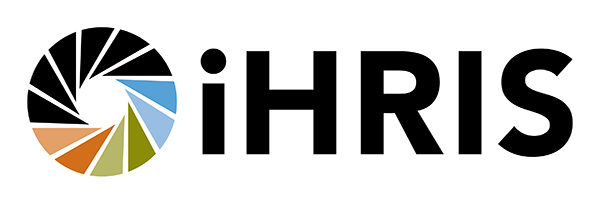The Tribes of FOSS4G
Luke, HR Information Systems (HRIS) senior developer, and myself, Geographic Information System (GIS) manager, visited the “Free and Open Source Software for Geospatial” (FOSS4G) conference in Victoria, Canada this last week. We wanted to get a better handle on how HRIS and GIS could interact within an open-source context. We walked away with some major conclusions and ideas on how to further develop GIS capabilities within and beyond HRIS. But as HRIS is built on the premise of open-source, this conference also gave us an opportunity to participate and learn from an organized community of geospatial software users which has been making progress in furthering the open-source ideal.
What we saw was a young and passionate movement not-so-subtly showcasing their dedication for open-source as a tool by which to challenge corporate, or closed-source, IT monopolies in the geospatial domain. Just like the domination of (preinstalled) corporate Windows operating system over the free and viable Linux alternative—for no reason other then “familiarity”—so is the purchase of ESRI products, the leading closed-source geospatial analysis software system, taken for granted in the geospatial realm. Sold for a hefty price and with annual update/support contracts, ESRI dominates, over the free, open-source GIS software available. Why is this? Is open-source GIS less viable then its big, corporate version?
FOSS4G challenged corporate geospatial IT by providing a different vision. As Damian Conway, PERL- enthusiast and keynote speaker emphasized: “Open Source software development and support is based on a model of collaborative interaction that is entirely different form the competitive world of commercial software. It’s not a business, it’s a culture”. A culture? In the geospatial world, this culture of open-source expresses itself, according to Paul Ramsey, Director of Refractions Research, through four largely independent development “tribes”: “within each tribe, developers cross-pollinate very heavily, contribute to multiple projects, and have high awareness of ongoing developments.”
The tribes are identified by some of their totem pole (apt Canadian analogy for the symbol that focuses their unity) software solutions. First there is the “C” tribe, including geospatial software such as MapServer, GRASS, PostGIS, QGIS. Then there is the Java tribe, building geospatial solutions from a java platform with products like GeoTools, uDig, Geoserver. Then there is .Net tribe, consisting of developers working on Worldwind, SharpMap and other software. Finally, a loose category of developers are part of the Web tribe, including various toolkits and webservices providing browser based spatial services. So when there are tribes, where is the tribal warfare (don’t tribes always do that?)? And, to extent the analogy, how does the neocolonial corporate ESRI system relate to them? Capitalist oppression and exploitation of the hobbying, tribal geeks?
One would assume that the existence of four developer community tribes in the geospatial open-source world would automatically assume a hefty competition for resources, if not all-out tribal warfare. This in fact does not seem to be the case at all. I tried myself to ask one of the tribal member to compare his Java based webmapping server with the C++ version. He smiled at me and pretty much explained that there is little difference, and what more, that in fact they would operate with pretty much any other software solution outside of their tribal clans. Reason? The interoperability principle. That, and perhaps the fact that all tribal members are united through the ambition of statehood.
What makes open-source so different from a corporate system like ESRI is its fundamental interest in building software according to universal standards. This in contrast to the strategic interest of any closed, corporate system to somehow make users reliant on their system alone. Interoperability refers to the achievement of exchange of communication and data through common standards across software platforms and databases. In the geospatial world, the Open Geospatial Consortium has been working hard to achieve these standards, and the fruits of this labor is the lack of any ethnic warfare between the open-source tribes roaming around in geoland.
Interoperability is also about synthesis, or the emergence of a larger whole out of components by allowing for free flow of information, interactivity. In the words of David Schell, CEO and Chairman of the Open Geospatial Consortium: “Interoperabiltiy seems to be about the integration of information. What it is really about is the coordination of organizational behavior.” Or, in other words, interoperability is created by organizations working together to more efficiently achieve goals.
The lessons for HRIS, Capacity building, and international development at large might be obvious: open architecture is important if not crucial because it provides free access to a diversity of information, motivates integration the coordination of organizational behavior. It is possible to develop lasting technology solutions in real-time, facilitating a common picture of reality for different organizations that all have different views of the situation collectively. Open-source is about creating community through diversity. It is the essence of democratic behavior itself. Because there is no ownership, open-source maximizes the willingness of partners to share data, ideas, and innovations, and it allows software to move beyond building stove pipes, or vendor specific solutions, and address requirements built to a standard.
